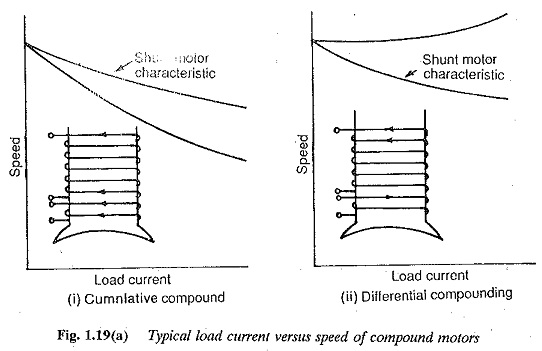DC Motor Speed Control:
In the foregoing sections we discussed the torque-speed characteristics of dc motors, bringing out the effects of armature voltage variation and field current on them. The discussion also applies to the study of the methods of DC Motor Speed Control, which may be summarised as follows:
- Variation of armature voltage by inserting an additional resistance in the armature circuit.
- Smooth variation of applied voltage using conventional Ward Leonard control or static Ward Leonard control employed for separately excited dc
- Variation of field current either by inserting a resistance in the field circuit or by varying the field voltage using thyristor power converters.
The conventional Ward Leonard method of speed control, where the voltage to the drive motor is supplied by a variable voltage generator, suffers from low efficiency, need for periodic maintenance, bulk and size restrictions, etc. Static Ward Leonard control using either phase controlled rectifiers or choppers has now become very popular.
A comparison of these methods bringing out their salient features may prove worthwhile. The comparison given in Tables 1.1 and 1.2 is based on the following aspects:
- Limit or range of speed control (Hardness of speed control)
- Smoothness of speed control
- Economics of speed control
- Stability of operation
- Direction of speed control
- Permissible load.

